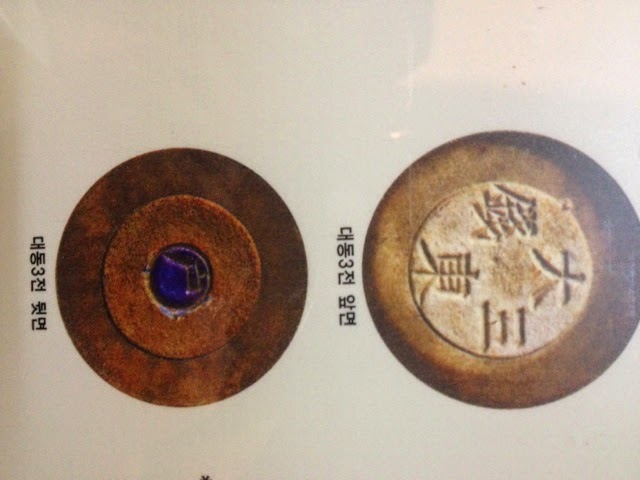Deliverable:
Dynamic & Globalizing Korea: A Primer for Teaching in U.S. Schools:
This project is the cumulative result of a Fulbright-Hays Short-Term Projects Abroad grant program awarded to William Paterson University of New Jersey, entitled “The US-NJ-South Korea Project: Exploring Korea's History, Culture and Education System through Experiential Learning” (October, 2013- March, 2015). This project has been a unique educational experience for 6 teacher candidates and 6 inservice teachers, who had the opportunity to explore Korean history, culture, language, and the educational system while visiting South Korea.




















.JPG)




























